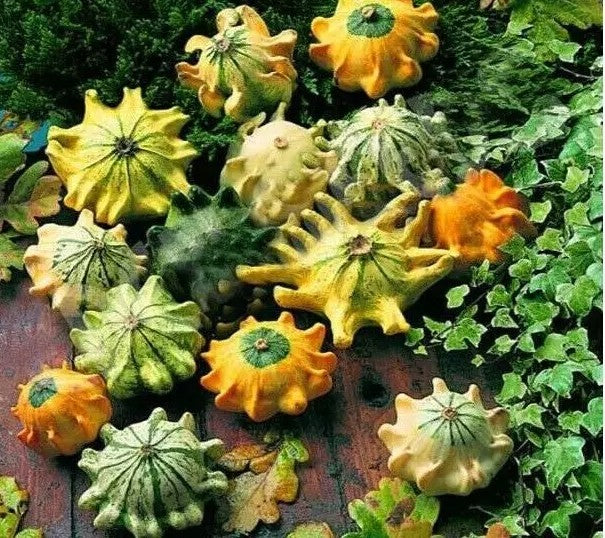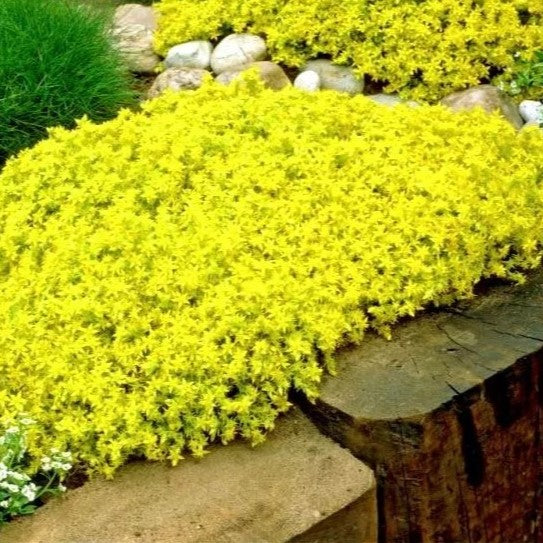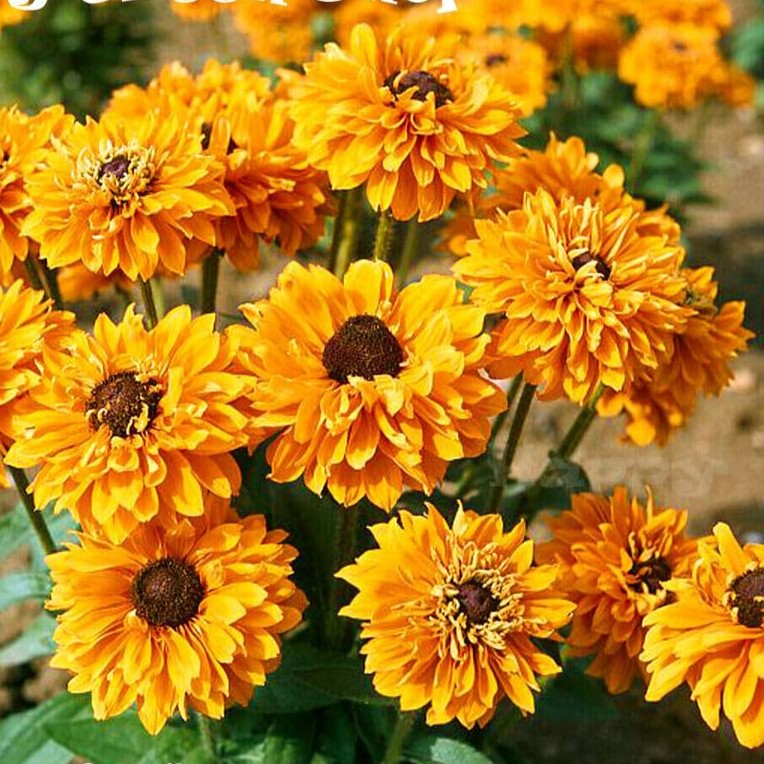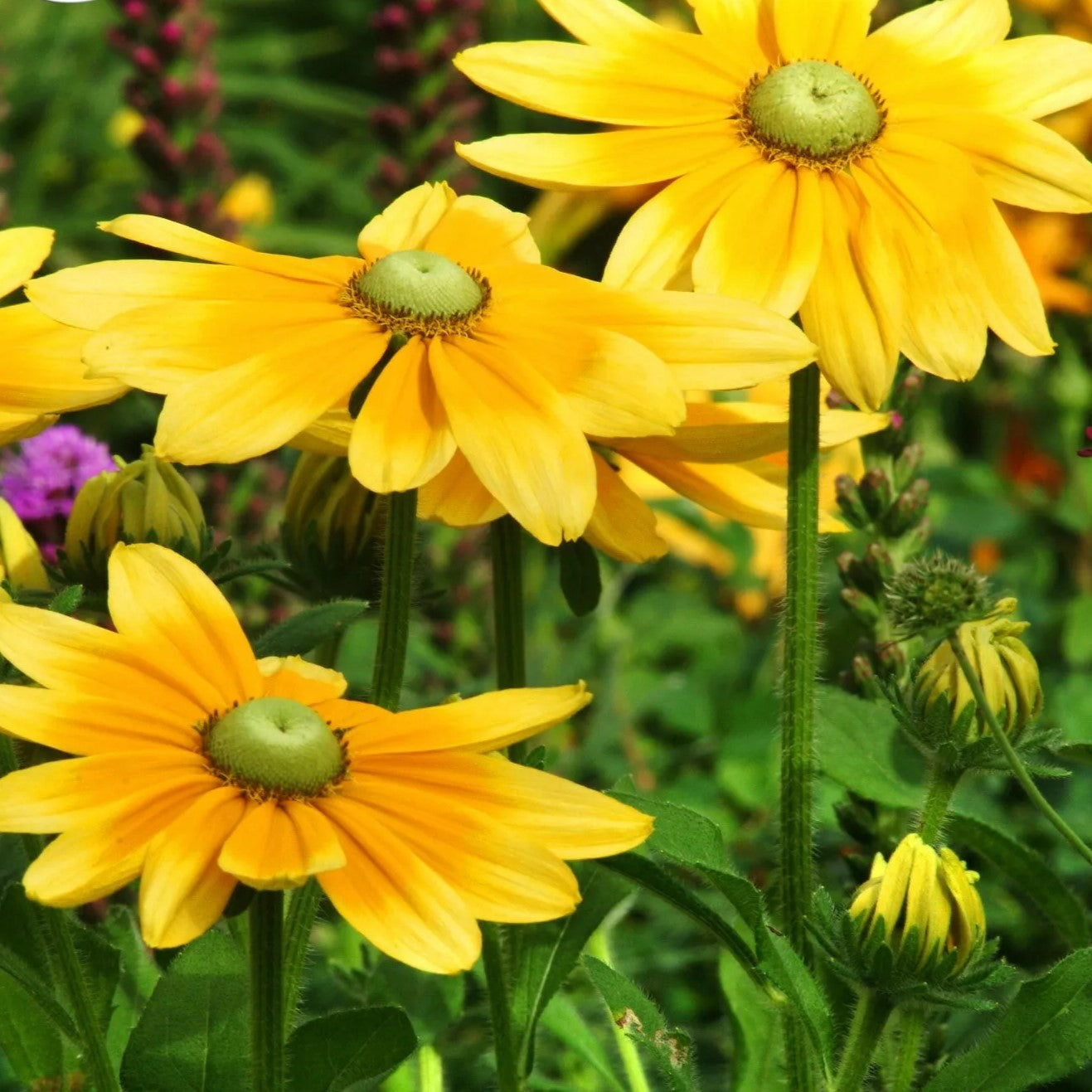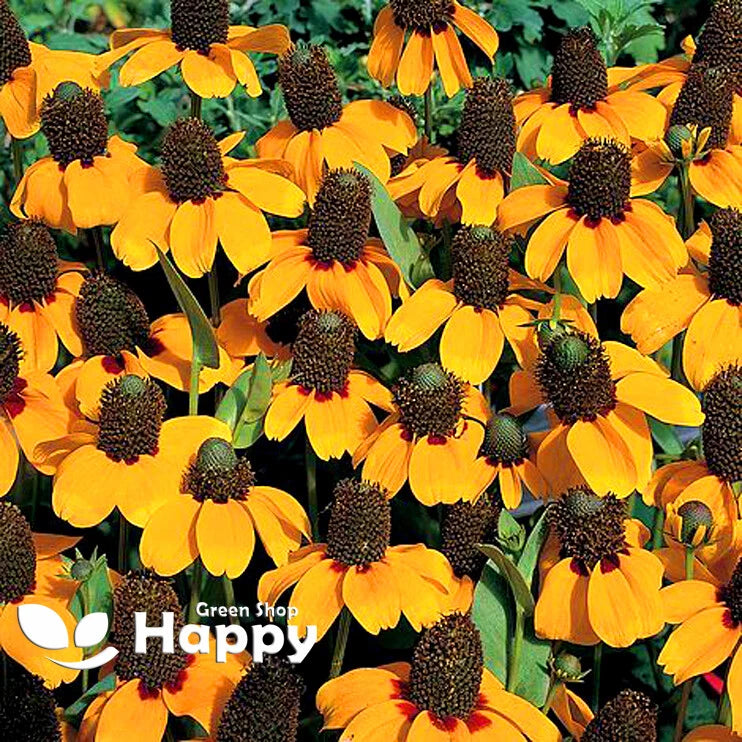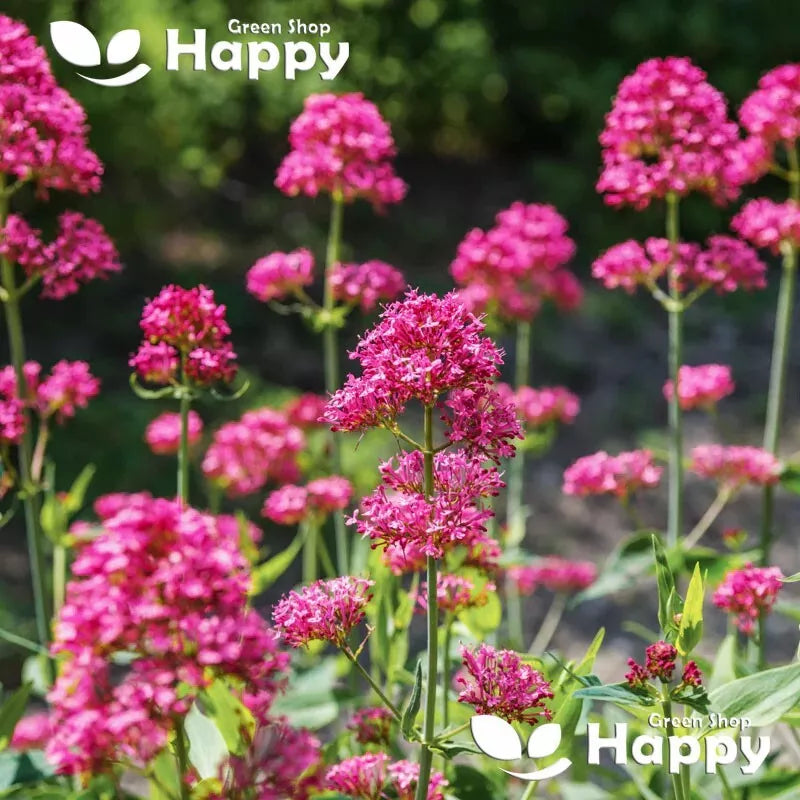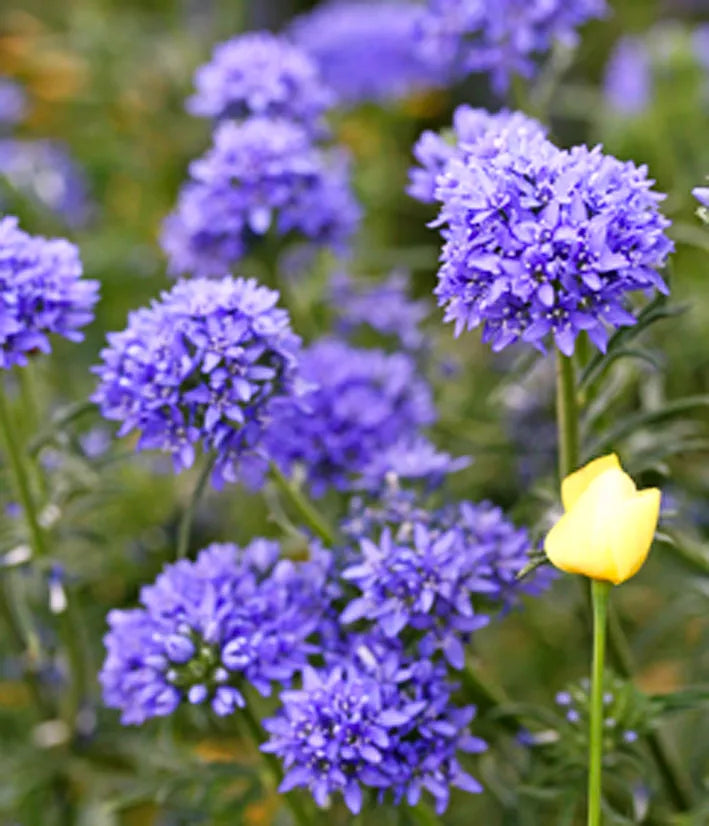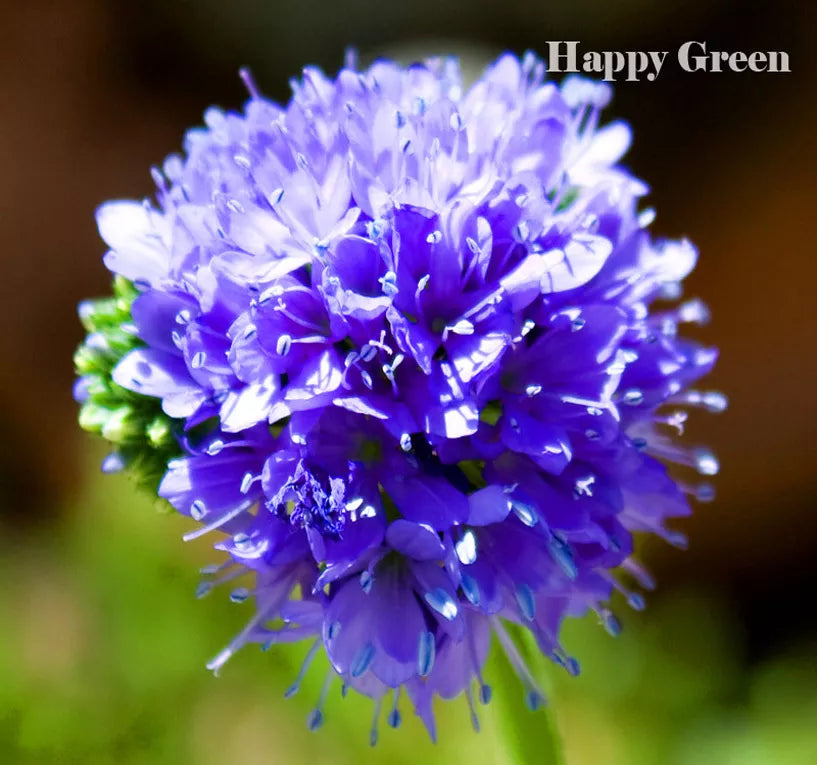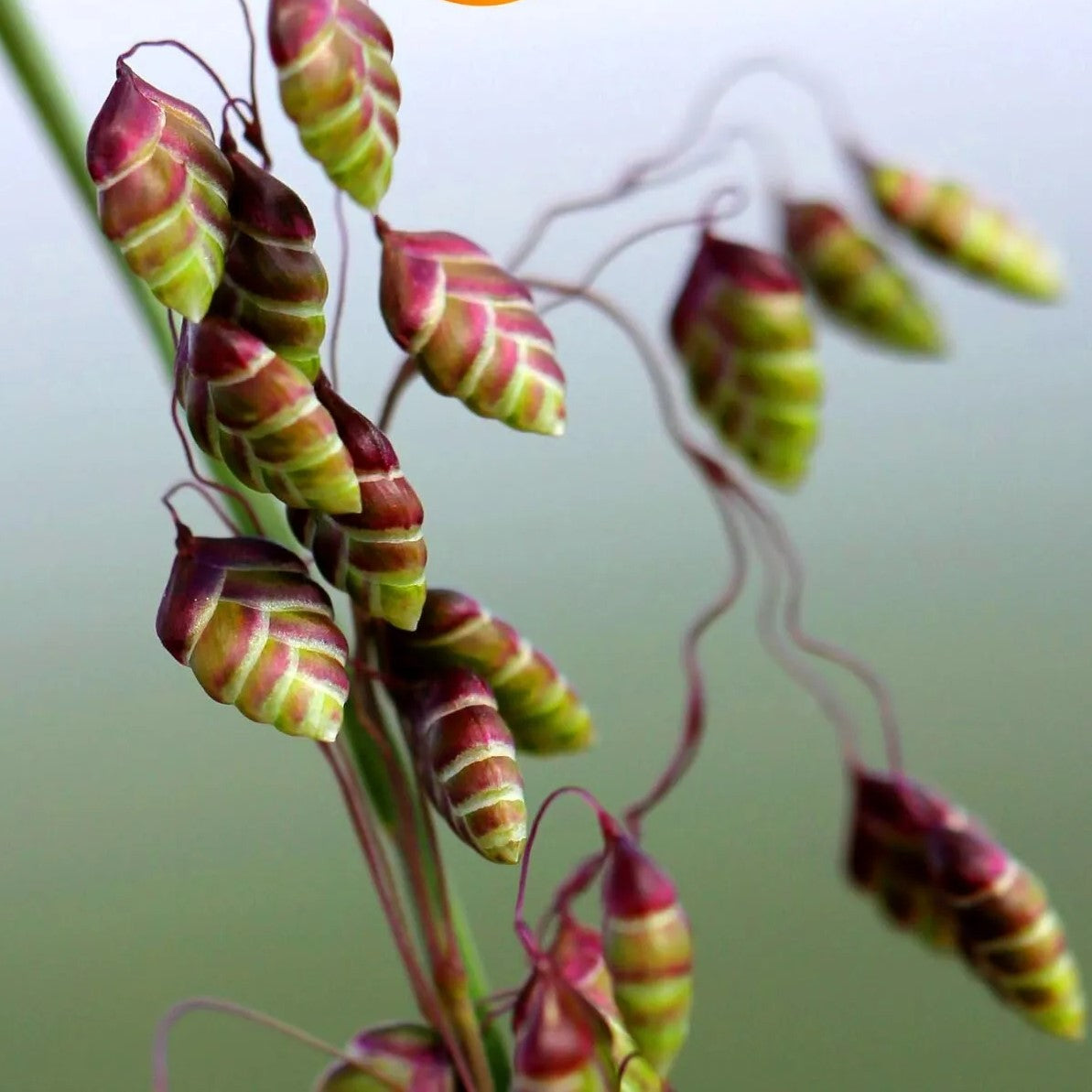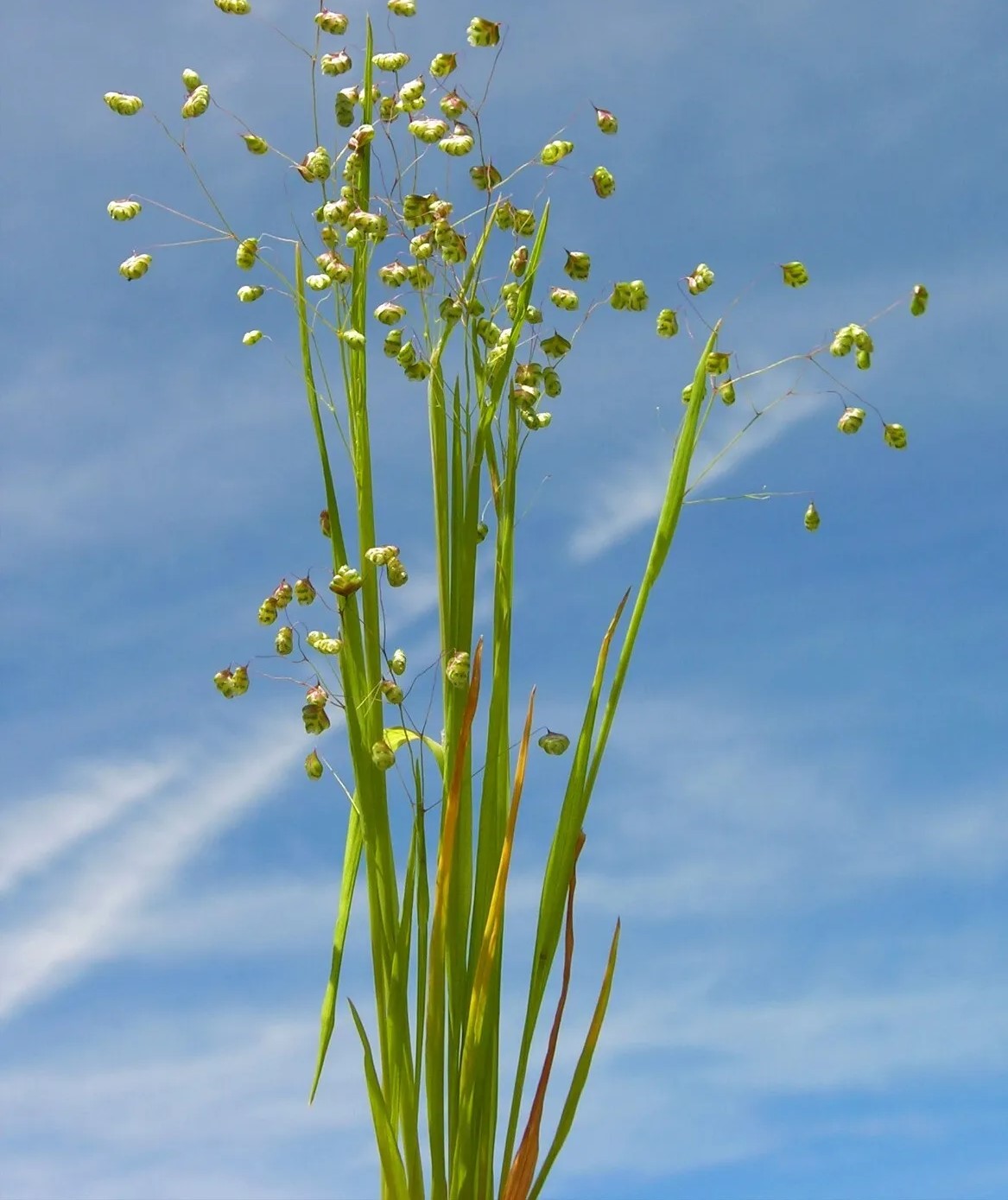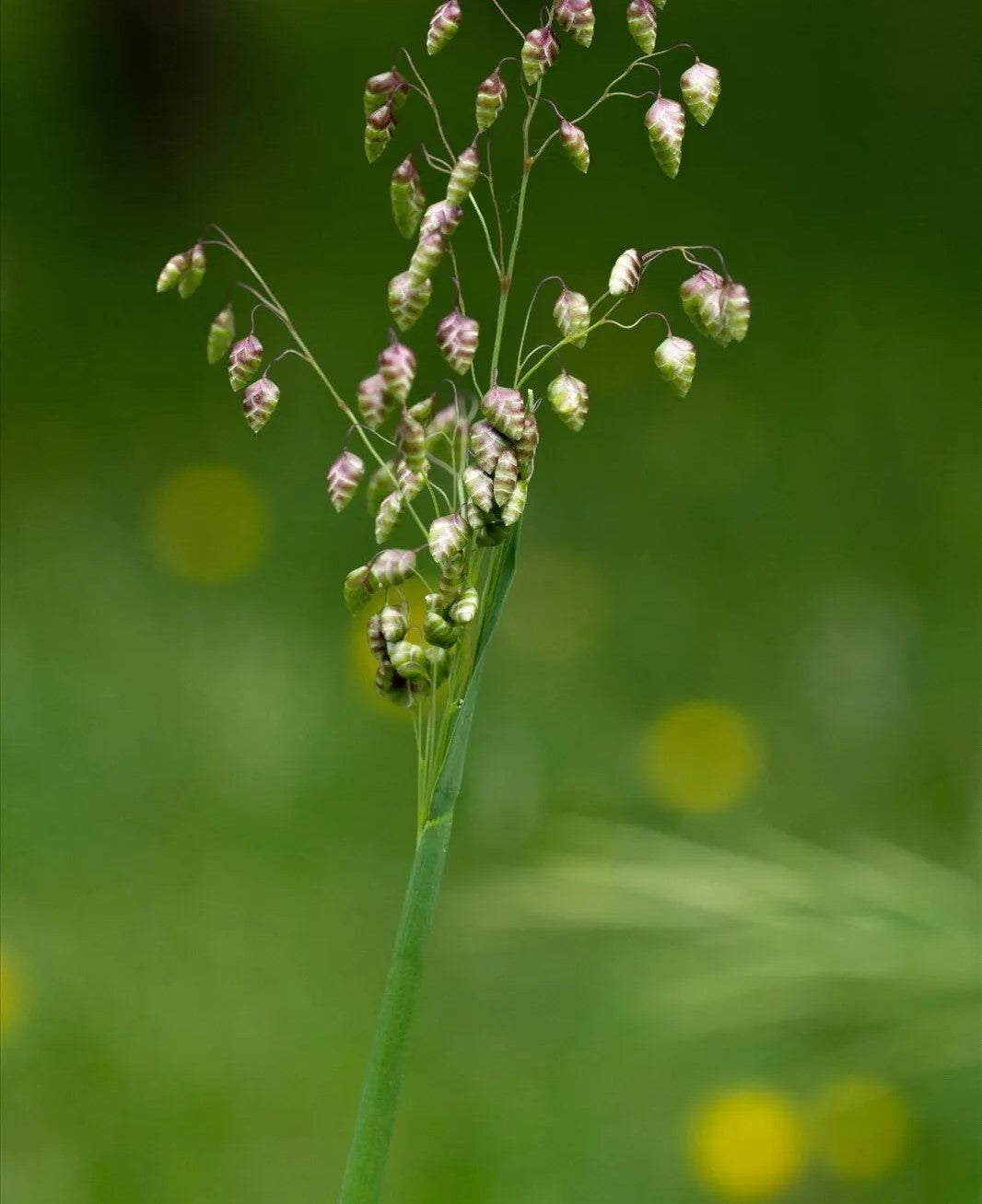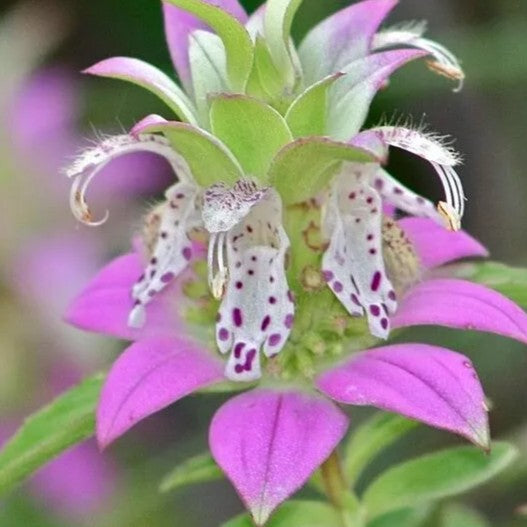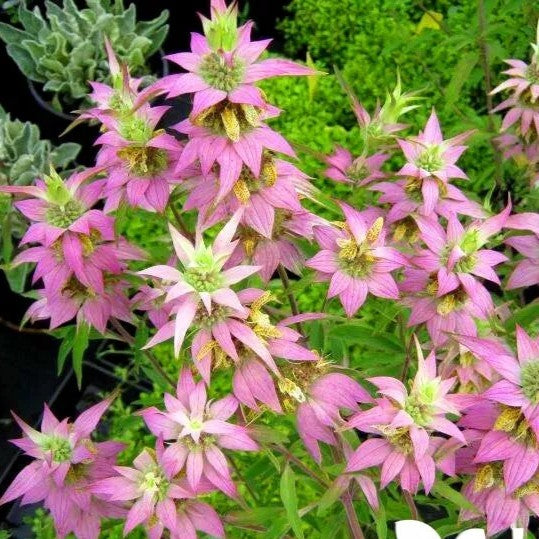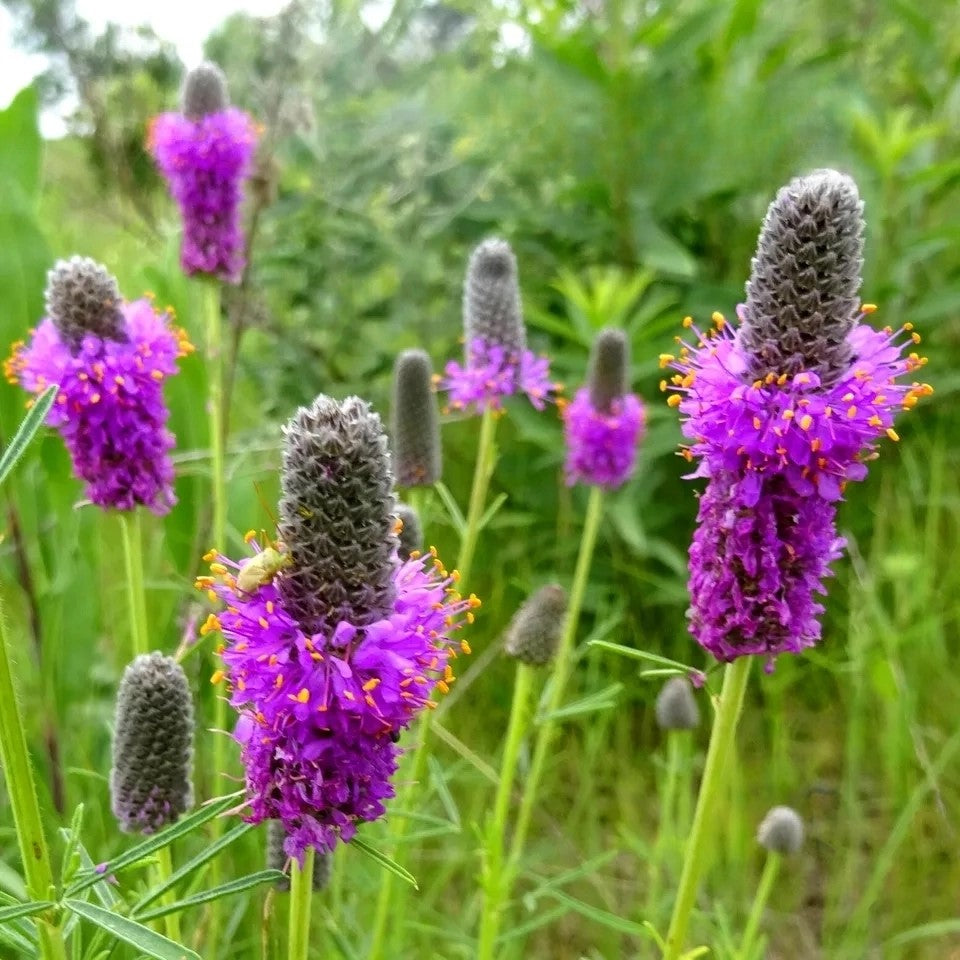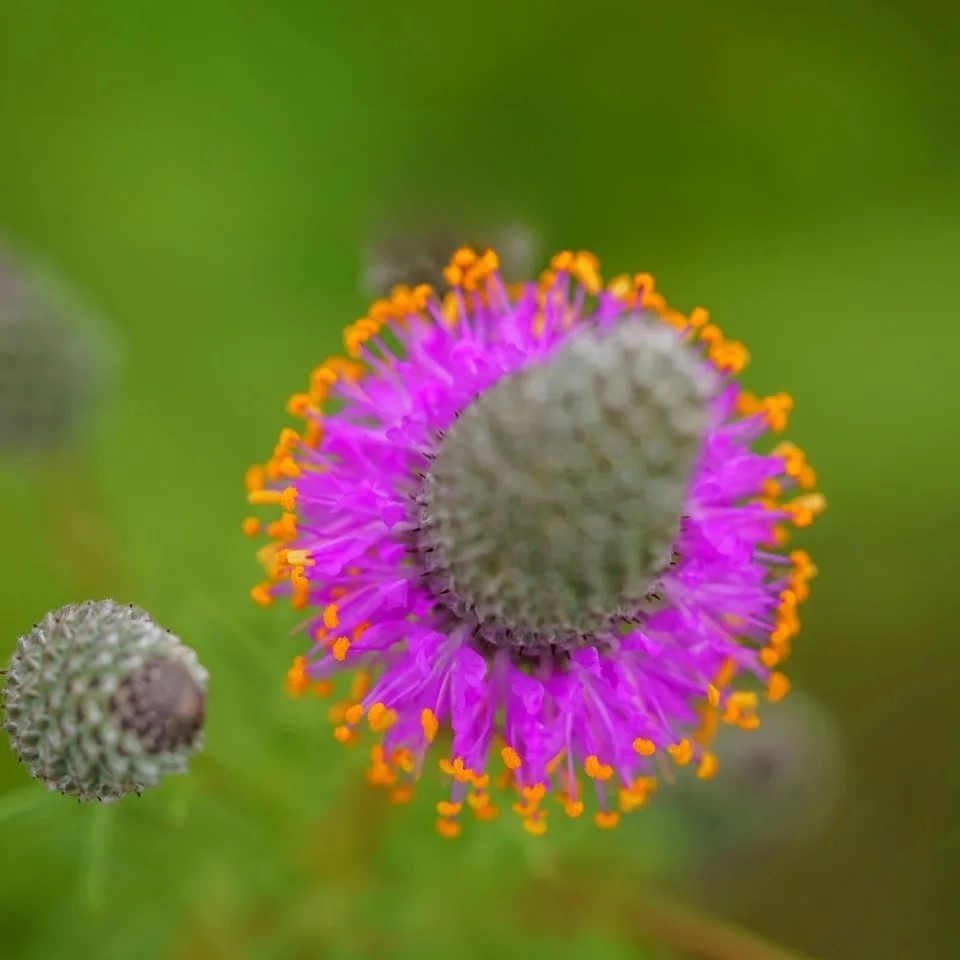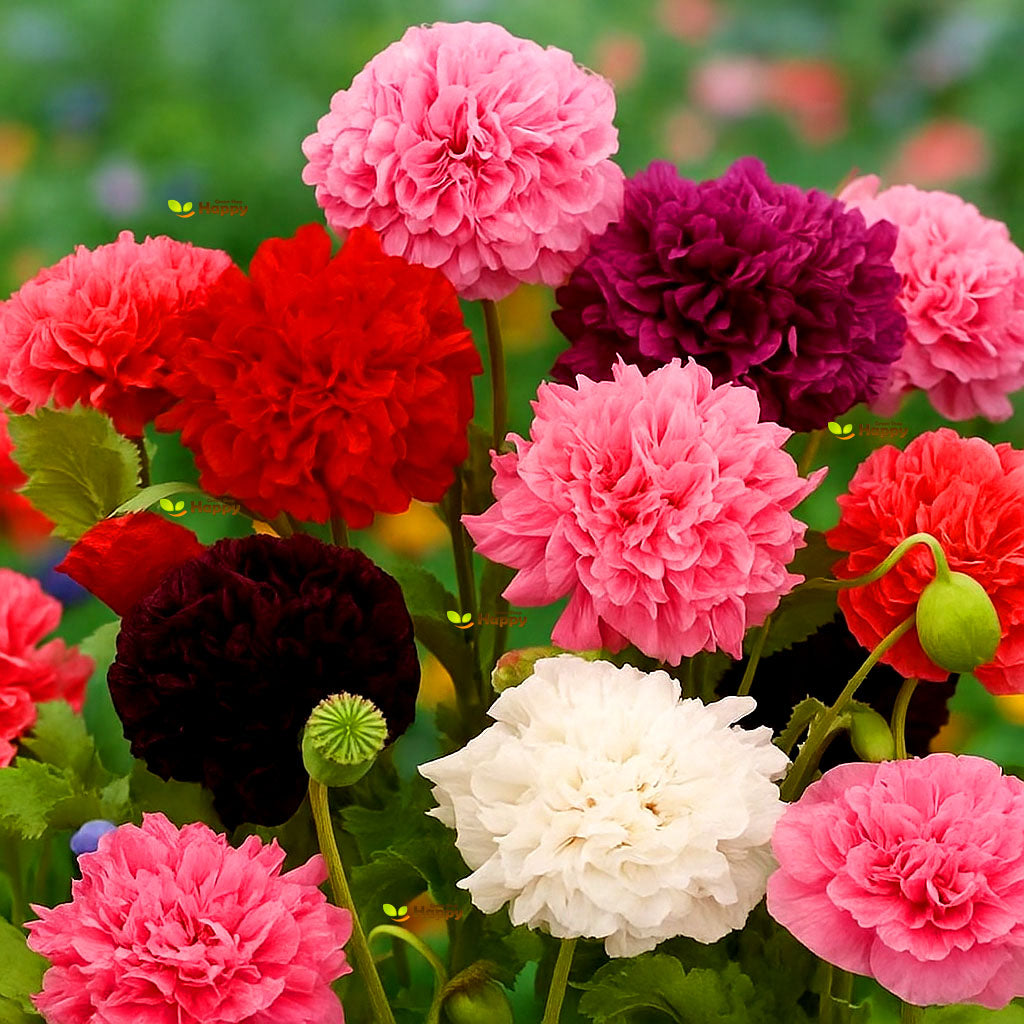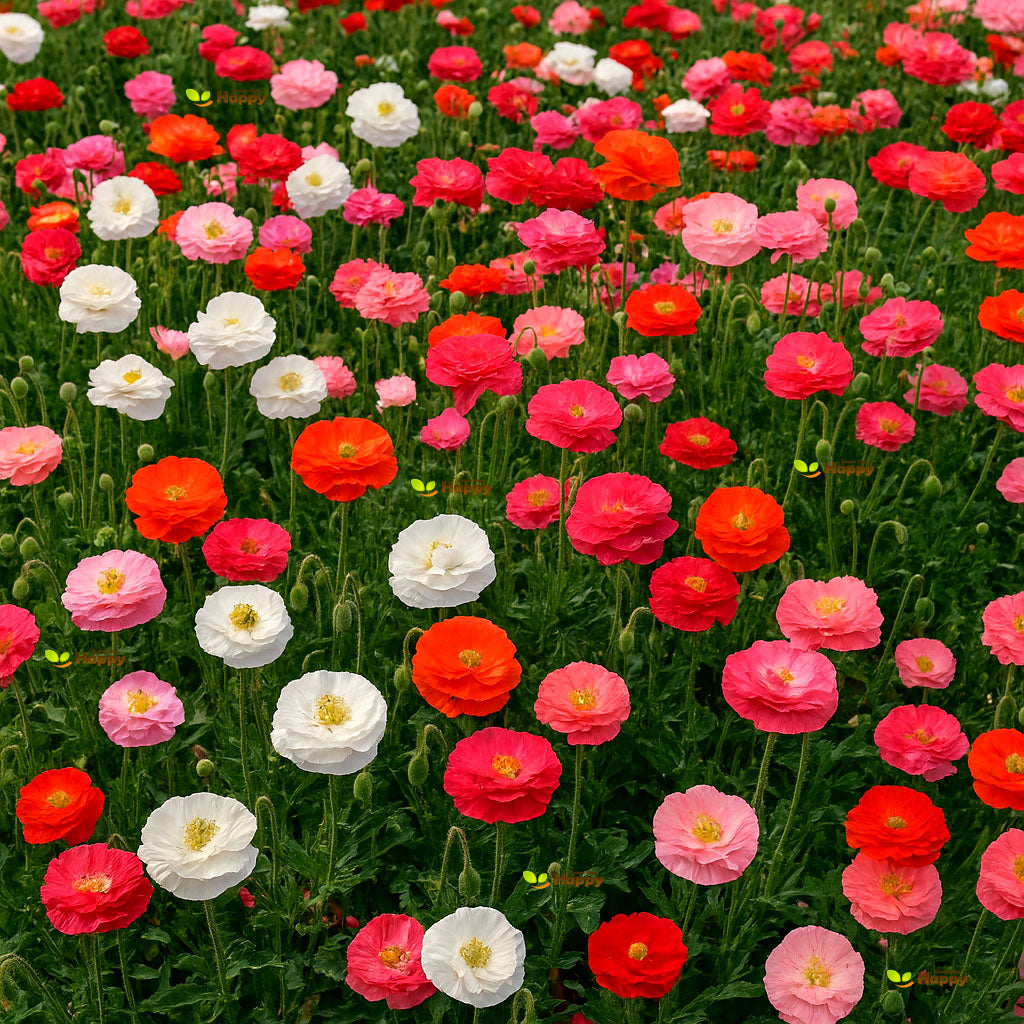Sort by:
121 products
121 products
Rudbeckia ‘Goldilocks’ – 300 Seeds (Rudbeckia hirta)
Rudbeckia ‘Goldilocks’ is a cheerful annual that produces abundant bright golden-yellow daisy-like flowers with dark centers. Compact and free-flowering, it is perfect for borders, cottage gardens, and pollinator-friendly plantings. Its long-lasting blooms attract bees and butterflies, bringing vibrant summer color and wildlife interest to any garden.
Why Grow Rudbeckia ‘Goldilocks’?
-
Bright golden-yellow daisy-like blooms with dark centers
-
Compact, bushy growth ideal for borders and containers
-
Long-flowering, from summer into early autumn
-
Attracts pollinators such as bees and butterflies
Key Features
-
Type: Annual flower
-
Height: 40–50 cm
-
Spread: 30–40 cm
-
Flowering: July–October
-
Position: Full sun
-
Soil: Well-drained, moderately fertile
Ideal For
-
Borders and flower beds
-
Cottage and wildflower gardens
-
Pollinator-friendly landscapes
-
Containers and small gardens
Sowing & Growing
-
Sow indoors: March–April in trays or pots, lightly cover seeds
-
Germination: 7–14 days at 18–20°C
-
Transplant outdoors: After frost risk has passed, spacing 30 cm apart
-
Direct sow outdoors: April–May
-
Deadhead spent flowers to encourage continuous blooming
Rudbeckia ‘Green Eyes’ Seeds (Rudbeckia hirta)
Rudbeckia ‘Green Eyes’ is a hardy annual with striking golden-yellow daisy-like flowers and a distinctive green central cone. Blooming from midsummer to autumn, it adds vibrant color to borders, cottage gardens, and wildflower meadows. Easy to grow, drought-tolerant, and pollinator-friendly, it’s perfect for low-maintenance, sunny gardens.
What Makes It Special
-
Golden-yellow petals with unique green centers
-
Long-lasting blooms that attract bees and butterflies
-
Hardy, low-maintenance, and drought-tolerant
Key Features
-
Botanical name: Rudbeckia hirta
-
Annual
-
Height: 60–80 cm
-
Bloom time: Midsummer to autumn
Ideal For
-
Borders, cottage gardens, and wildflower meadows
-
Pollinator-friendly plantings
-
Sunny, well-drained areas
Sowing
-
Sow indoors Feb–Apr or outdoors Apr–Jun
-
Cover seeds lightly with soil
-
Germination: 10–14 days at 18–22°C
-
Space seedlings 30–40 cm apart
-
Flowers the same year
Rudbeckia ‘Clasping Coneflower’ – Seeds (Rudbeckia amplexicaulis)
The Clasping Coneflower is a hardy annual Rudbeckia that produces masses of golden-yellow petals marked with dark reddish-brown centers. With its long flowering season and striking daisy-like blooms, it’s ideal for brightening borders, meadows, and wildflower gardens. Heat- and drought-tolerant, it thrives in poor soils and attracts bees and butterflies.
Why Grow Clasping Coneflower?
-
Bright golden-yellow flowers with dark centers
-
Long flowering season, summer into autumn
-
Attracts pollinators
-
Easy to grow, drought-tolerant
Key Features
-
Type: Hardy annual
-
Height: 60–90 cm
-
Flowering: June–September
-
Position: Full sun, well-drained soil
-
Uses: Borders, meadows, wildflower gardens, cut flowers
Ideal For
-
Naturalistic and wildflower plantings
-
Low-maintenance garden borders
-
Pollinator-friendly spaces
Sowing & Growing
-
Sow outdoors: April–June directly into prepared soil
-
Germination: 10–20 days at 18–22°C
-
Thin seedlings to 20–30 cm apart
-
Deadhead for prolonged flowering
Red Valerian Seeds (Centranthus ruber)
The Red Valerian is a long-flowering perennial that produces clusters of bright crimson-red blooms from early summer to autumn. Its upright stems and grey-green foliage make it a striking addition to borders, cottage gardens, and wildflower-style plantings. Easy to grow and drought-tolerant once established, it thrives even in poor soils and rocky areas, while attracting butterflies and bees.
What Makes It Special
-
Long-lasting blooms in vibrant crimson-red
-
Thrives in dry, poor soils with little care
-
A pollinator magnet for butterflies and bees
Key Features
-
Botanical name: Centranthus ruber
-
Hardy perennial
-
Height: 60–90 cm (24–36 in)
-
Bloom time: Early summer to autumn
Ideal For
-
Cottage and wildflower gardens
-
Dry, rocky or poor soils
-
Wildlife-friendly planting
Sowing
-
Sow indoors Feb–Apr or outdoors May–Jun
-
Cover seeds lightly with soil
-
Germination: 14–21 days at 18–22°C
-
Thin seedlings 30 cm apart
-
Flowers from the first year if sown early
Queen Anne’s Thimbles – Delicate Blue Blooms
Queen Anne’s Thimbles produces charming, compact clusters of pale blue flowers with a sweet, airy appearance. Perfect for borders, wildflower gardens, and pollinator-friendly spaces, these hardy annuals bring a touch of elegance to any garden.
What Makes It Special
-
Delicate, pale blue clustered flowers
-
Compact and airy growth habit
-
Long-flowering and easy to grow
-
Attracts bees and butterflies
Key Features
-
Annual plant
-
Grows 20–40 cm tall
-
Blooms from late spring to summer
-
Thrives in full sun and well-drained soil
-
Drought-tolerant and hardy
Ideal For
-
Garden borders and edges
-
Wildflower and meadow-style gardens
-
Pollinator-friendly gardens
-
Containers and cottage gardens
Sowing
-
Sow directly outdoors after last frost
-
Plant seeds 0.3–0.5 cm deep
-
Germination: 10–14 days at 18–22°C
-
Space 20–25 cm apart
-
Water moderately and provide full sun
Quaking Grass Seeds (Briza minor)
Quaking Grass is a delicate, annual ornamental grass with airy, heart-shaped seed heads that tremble and shimmer in the breeze. Its fine texture and graceful movement add charm to borders, wildflower meadows, and container plantings. Easy to grow, it also makes attractive cut or dried arrangements.
What Makes It Special
-
Light, quivering heart-shaped seed heads
-
Adds texture and movement to gardens
-
Excellent for cut flowers and dried arrangements
Key Features
-
Botanical name: Briza minor
-
Hardy annual
-
Height: 30–50 cm (12–20 in)
-
Bloom time: Summer
Ideal For
-
Cottage gardens, borders, and wildflower meadows
-
Containers and pots
-
Fresh or dried flower arrangements
Sowing
-
Sow outdoors Mar–May or Sep–Oct
-
Lightly press seeds into soil; do not cover heavily
-
Germination: 10–21 days at 15–20°C
-
Thin seedlings 15–20 cm apart
-
Flowers in the same year
Purplish Lilac Lemon Bee Balm Mint Seeds (Monarda punctata)
Bring a fragrant and colorful touch to your garden with Purplish Lilac Lemon Bee Balm Mint. This striking perennial produces spiky clusters of lilac-purple flowers with lemon-scented foliage, attracting bees, butterflies, and other pollinators. Easy to grow and drought-tolerant, it adds both beauty and ecological value to borders, beds, and wildflower gardens.
Why Grow "Purplish Lilac Lemon"
-
Unique lilac-purple flower spikes with lemon-scented foliage
-
Attracts pollinators like bees and butterflies
-
Drought-tolerant and easy to grow
-
Adds color and texture to borders, beds, and wildflower gardens
Key Features
-
Type: Perennial (Monarda punctata)
-
Height: 60–90 cm
-
Flowering: Summer (June–September)
-
Position: Full sun to partial shade
-
Uses: Borders, flower beds, pollinator gardens, containers
Sowing & Growing
-
Sow indoors: 6–8 weeks before the last frost
-
Sow outdoors: After frost danger has passed
-
Germination: 10–20 days
-
Space seedlings: 30–40 cm apart
-
Prefers well-drained soil and full sun for best flowering
Purple Prairie Clover Seeds (Dalea purpurea)
The Purple Prairie Clover is a hardy North American native wildflower with distinctive purple flower spikes that bloom in summer. Loved by bees and butterflies, it also enriches the soil with nitrogen, making it both beautiful and beneficial. Its fine foliage and upright habit make it a perfect choice for naturalistic plantings, prairie gardens, and pollinator habitats.
What Makes It Special
-
Native wildflower with showy purple blooms
-
Excellent pollinator attractor
-
Nitrogen-fixing, improves soil health
Key Features
-
Botanical name: Dalea purpurea
-
Perennial wildflower
-
Height: 40–90 cm
-
Bloom time: Mid to late summer
-
Drought-tolerant and low maintenance
Ideal For
-
Prairie and meadow plantings
-
Pollinator and wildlife gardens
-
Naturalistic landscapes and wildflower mixes
Sowing
-
Sow outdoors in spring or autumn
-
Lightly cover seeds with soil (do not bury deeply)
-
Germination: 2–4 weeks at 18–22°C
-
Space plants 30–40 cm apart
Poppy Shirley Double Mix – Seeds
(Papaver rhoeas)
Poppy Shirley Double Mix is a charming annual that produces masses of fully double, ruffled blooms in soft pastel shades of pink, coral, and white. Known for its delicate, romantic appearance, this variety adds a touch of elegance to cottage gardens, borders, and wildflower meadows. Long-lasting and easy to grow, it also makes a delightful cut flower.
Why Grow Poppy Shirley Double Mix?
-
Fully double, ruffled blooms in soft pastel colors
-
Hardy and easy to grow annual
-
Ideal for naturalistic planting or cut flowers
-
Attracts pollinators, bees, and butterflies
Key Features
-
Type: Hardy annual
-
Height: 50–70 cm
-
Flowers: Late spring to summer
-
Position: Full sun
-
Soil: Well-drained, moderately fertile
Ideal For
-
Cottage gardens and wildflower borders
-
Cutting gardens for bouquets
-
Pollinator-friendly gardens
-
Naturalized planting schemes
Sowing & Growing
-
Sow outdoors: March–May or September–October directly in prepared soil
-
Lightly cover seeds and keep soil moist
-
Germination: 14–21 days
-
Thin seedlings to 20–25 cm apart
-
Care: Deadhead to extend flowering or allow self-seeding for next season
Showing 27/121



